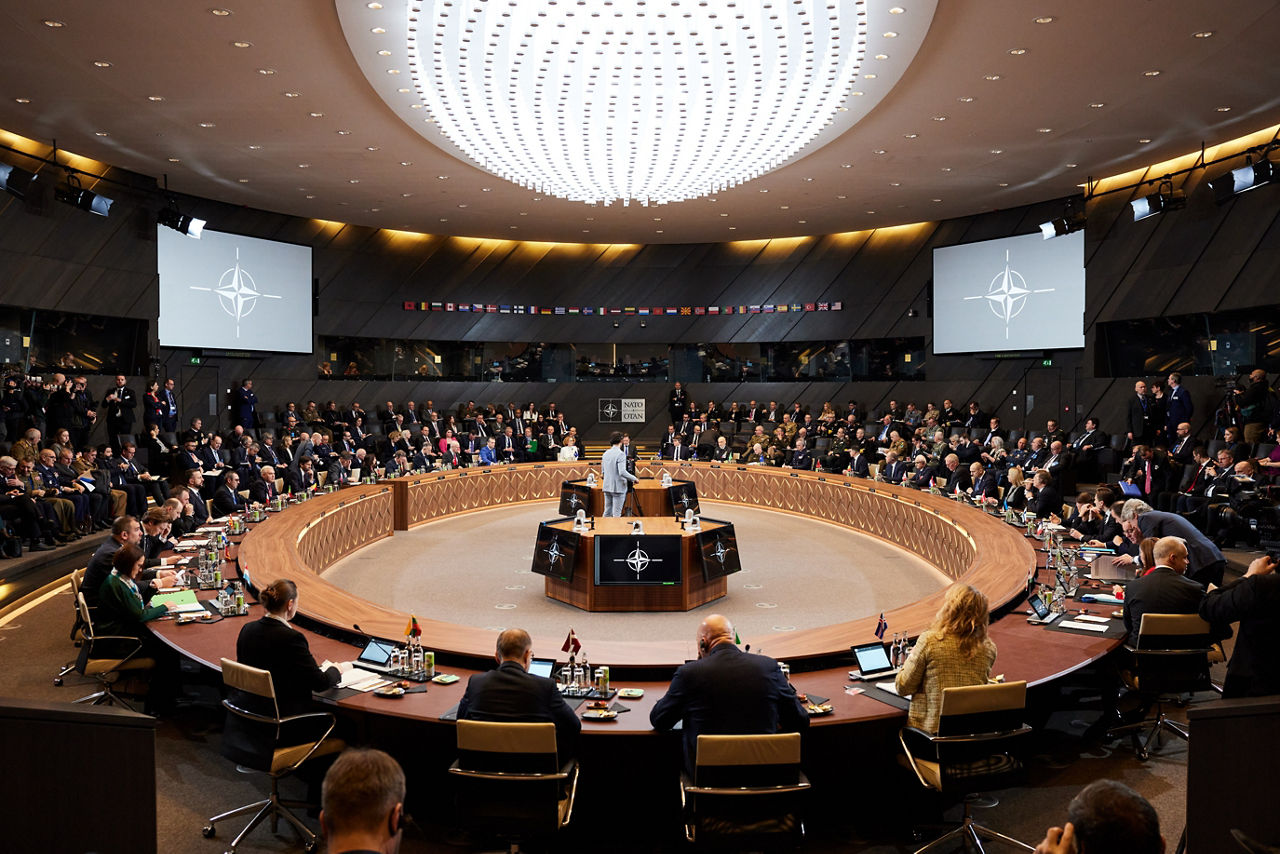Download NATO’s broadcast-quality video content free of charge

Log in
NATO MULTIMEDIA ACCOUNT
Access NATO’s broadcast-quality video content free of charge

Check your inbox and enter verification code
You have successfully created your account
From now on you can download videos from our website
Subscribe to our newsletter
If you would also like to subscribe to the newsletter and receive our latest updates, click on the button below.
Enter the email address you registered with and we will send you a code to reset your password.
Didn't receive a code? Send new Code
The password must be at least 12 characters long, no spaces, include upper/lowercase letters, numbers and symbols.
Your password has been updated
Click the button to return to the page you were on and log in with your new password.
NATO reform
Updated: 31 August 2022
At the Lisbon Summit, in November 2010, NATO leaders endorsed a new Strategic Concept, which states that the Alliance will “engage in a process of continual reform, to streamline structures, improve working methods and maximise efficiency.”
This process had already started in June 2010 with the internal organisation of NATO Headquarters, i.e. the NATO Committee review. In parallel, NATO also engaged in the reform of its Command Structure – the NATO Command Structure Review - and that of its Agencies – the NATO Agencies Review.
- The Committee Review has been fully implemented;
- the NATO Command Structure Review was launched at the Lisbon Summit and the approval of the model and geographical footprint was approved by defence ministers in June 2011. Its implementation was conducted over a period of one year;
- at the Lisbon Summit, Allies agreed to streamline the 14 NATO agencies into three major programmatic themes: procurement, support, and communications and information. The reform has been implemented through several phases, to incrementally achieve increased effectiveness, efficiency and cost savings, while preserving capability and service delivery.
Additionally, NATO’s International Staff is being reviewed as part of this broader package of reform being undertaken within the Organization. Similarly to the other initiatives, it aims to streamline and adapt structures to today’s environment.


